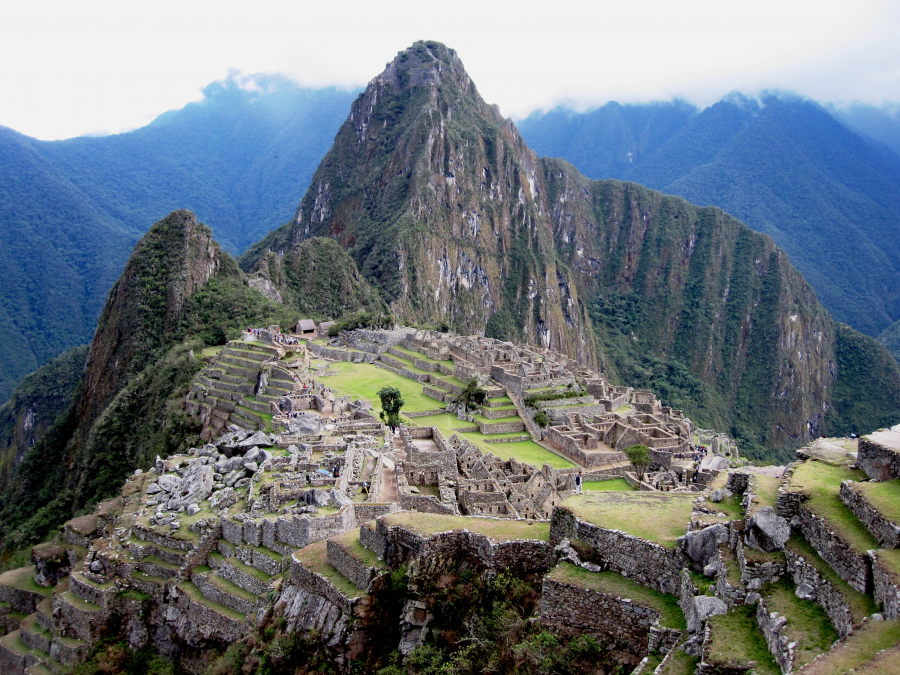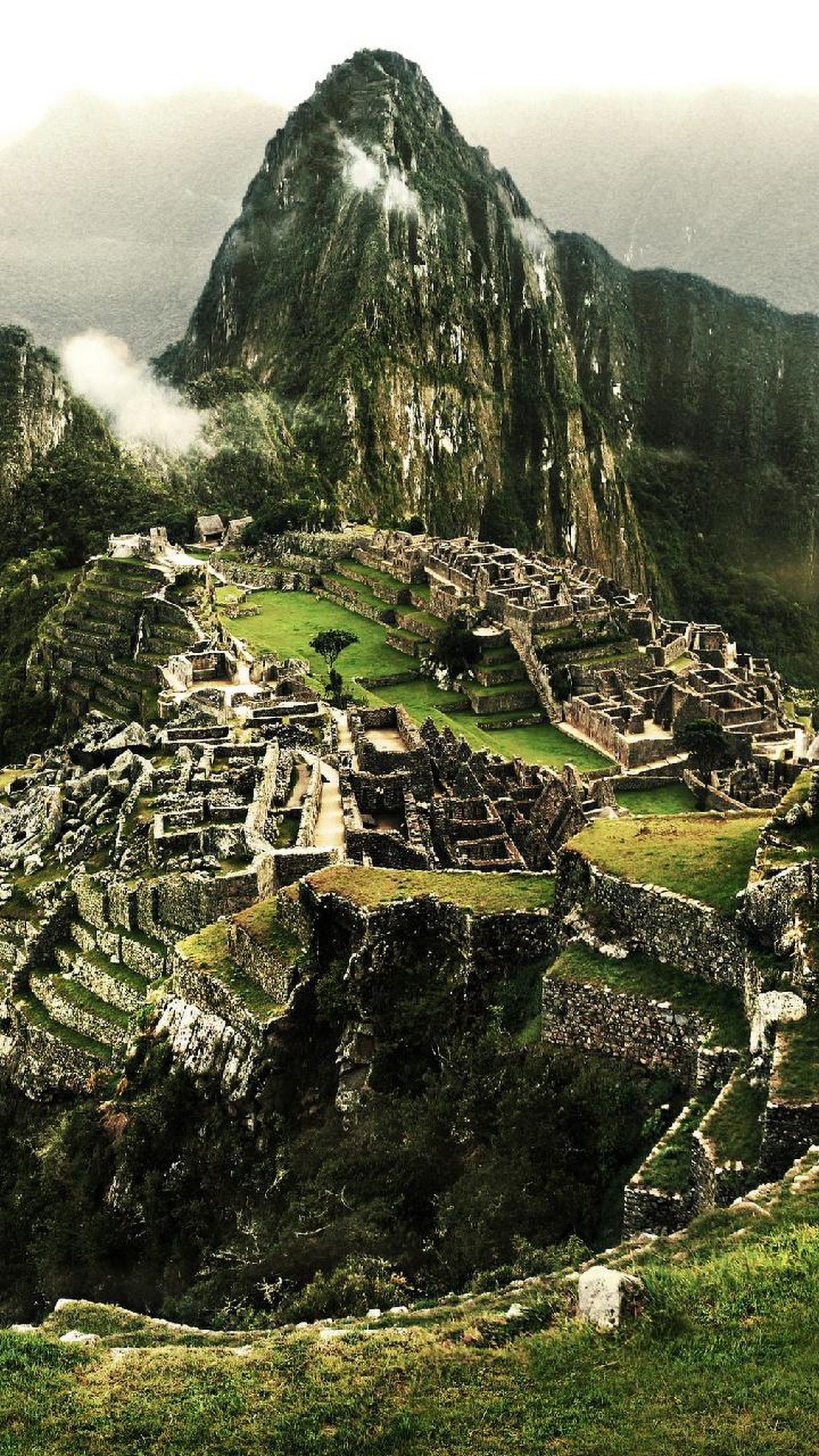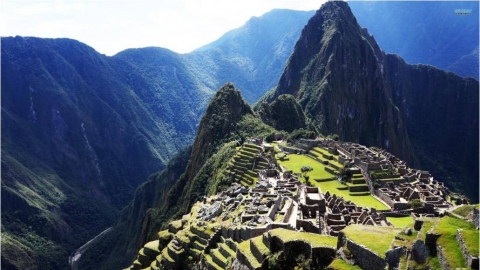Japanese tourist Jesse Takayama will be allowed to visit Machu Picchu after a seven-month wait, Peru's Culture Minister Alejandro Neyra announced on October 12. He bought a ticket to visit the "Lost City of the Incas" on March 14, one day before Peru's coronavirus lockdown officially took effect, meaning Machu Picchu was closed to visitors. Takayama has been staying in the nearby town of Aguascalientes since March, waiting for Machu Picchu to reopen.

Luckily for Takayama, authorities decided to allow him to visit Machu Picchu alone, before having to return home. Peruvian Culture Minister Alejandro Neyra said: "We allowed Takayama to visit Machu Picchu with the management of the site, because this was his dream when he came to Peru." Accordingly, the Peruvian Ministry of Culture agreed to allow Japanese tourists inside the Sanctuary of Machu Picchu accompanied by the Director of this site.
With a ticket purchased in March, Takayama had the entire site "covered" and was free to roam around in the rare emptiness. Takamaya shared his feelings when standing on the top of the mountain in Machu Picchu: "This is amazing! Thank you guys." The photos and videos taken at Machu Picchu that he shared on his personal Instagram received thousands of likes and hundreds of congratulations.

The Inca ruins are a world-famous tourist destination, recognized by the United Nations Educational, Scientific and Cultural Organization (UNESCO) as a world heritage site in 1983 and voted by the international community as one of the 7 wonders of the world in 2007. Before the Covid-19 pandemic broke out, the "Lost City of the Incas" welcomed about 3,000-5,000 visitors per day. In 2018, more than 1.5 million tourists visited this area.
This tourist destination planned to reopen to visitors on July 1, but this plan was canceled due to concerns about the risk of spreading the Covid-19 epidemic. The Peruvian government recently announced that Machu Picchu is expected to reopen to domestic and foreign tourists in November. However, this destination is only operating at 30% of its normal capacity to prevent the epidemic, equivalent to about 300 visitors/day.



































